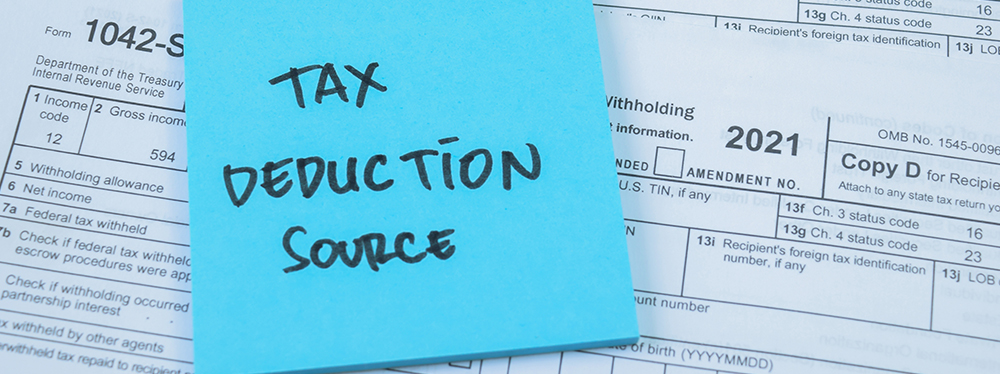Form 27Q for TDS Compliance: A Comprehensive Guide

Tax Deducted at Source (TDS) is a crucial component of India’s tax system, ensuring that tax liabilities are collected at the point of transaction. For entities involved in TDS, Form 27Q for TDS compliance is a key document that must be accurately completed and submitted. This guide provides a detailed overview of Form 27Q, its significance, and the steps required for effective TDS compliance.
What is Form 27Q?
1.1 Definition and Purpose
Form 27Q for TDS compliance is a quarterly statement that must be filed by individuals and entities who are responsible for deducting TDS on payments other than salary. This form provides a detailed account of the TDS deducted and deposited with the government, as well as the associated details of the payees.
1.2 Who Needs to File Form 27Q?
Form 27Q must be filed by:
- Companies: Including public and private companies, that deduct TDS on payments such as interest, dividends, or professional fees.
- Partnership Firms: Engaged in business transactions requiring TDS deduction.
- Individuals: If they are responsible for deducting TDS on payments other than salary, such as rent or commission.
Key Sections of Form 27Q
2.1 Details of Deductor
This section requires the deductor’s information, including:
- PAN of the Deductor: The Permanent Account Number of the entity or individual deducting TDS.
- Name and Address: The legal name and address of the deductor.
2.2 Details of Payment
Here, you need to provide information about the payments on which TDS has been deducted:
- Nature of Payment: Type of payment made, such as interest or professional fees.
- Amount Paid: Total amount of payment on which TDS was deducted.
- TDS Amount Deducted: The specific amount of TDS deducted from each payment.
2.3 Details of the Payee
This section captures information about the payee receiving the payment:
- PAN of the Payee: The Permanent Account Number of the individual or entity receiving the payment.
- Name and Address: The name and address of the payee.
- Amount Paid and TDS Deducted: Details of the payment amount and the corresponding TDS deducted.
2.4 Summary of Tax Deducted and Deposited
This summary provides a consolidated view of:
- Total TDS Deducted: The cumulative TDS deducted during the quarter.
- Total TDS Deposited: The total amount of TDS deposited with the government.
Steps for Filing Form 27Q
3.1 Collect Necessary Information
Before filing, gather all relevant details, including the PANs of both the deductor and payee, payment details, and the TDS amounts deducted.
3.2 Prepare the Form
Form 27Q can be prepared using various software tools provided by the Income Tax Department or authorized vendors. Ensure that the form is accurately filled out to avoid discrepancies.
3.3 Validate the Form
Validation is crucial to ensure that the information entered is correct. Use the utility provided by the Income Tax Department to validate the form before submission.
3.4 File the Form Online
Form 27Q must be submitted electronically through the Income Tax Department’s e-filing portal. Create an account or log in to an existing account, upload the form, and follow the instructions for submission.
3.5 Receive and Verify Acknowledgment
After submission, you will receive an acknowledgment receipt. Verify that the acknowledgment number is correct and that it corresponds to the submitted form.
Common Issues and Solutions
4.1 Incorrect Details
Incorrect PANs or payment details can lead to discrepancies. Ensure that all information is cross-checked and validated before submission.
4.2 Late Filing
Late filing of Form 27Q can result in penalties. Adhere to the quarterly deadlines to avoid any fines or interest charges.
4.3 Technical Issues
Technical issues during e-filing can be resolved by contacting the Income Tax Department’s helpdesk or using troubleshooting guides available on the e-filing portal.
Importance of Timely and Accurate Filing
5.1 Avoid Penalties and Interest
Timely and accurate filing of Form 27Q helps avoid penalties and interest charges that can be imposed for non-compliance or incorrect submissions.
5.2 Maintain Good Tax Records
Proper filing ensures that your tax records are up-to-date and accurate, which is essential for audits and financial management.
5.3 Ensure Compliance with Tax Laws
Filing Form 27Q correctly is crucial for compliance with Indian tax laws and regulations, reflecting your commitment to fulfilling tax obligations.
Conclusion
Form 27Q for TDS compliance plays a vital role in the Indian tax system by ensuring that TDS is reported and deposited accurately. Understanding the components of the form, following the correct filing procedures, and addressing common issues can help maintain compliance and avoid penalties. By adhering to these guidelines, deductors can effectively manage their TDS obligations and contribute to a streamlined tax process.







